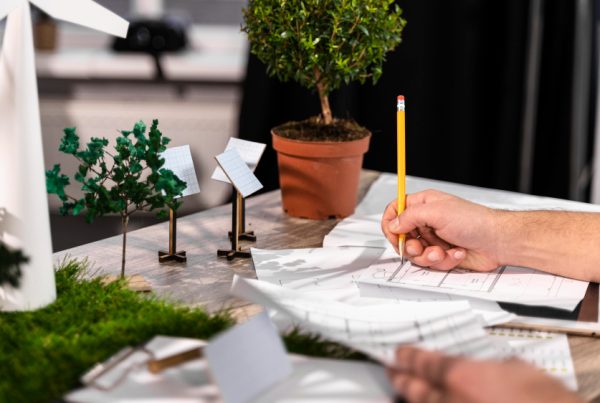Lebanon, a country known for its resilient spirit, is currently facing the challenge of rebuilding its urban landscape in the aftermath of recent hardships. The devastating explosion in Beirut’s port, coupled with ongoing economic and political challenges, has left scars on the architectural fabric of the nation. This article explores the concept of architectural resilience in Lebanon, highlighting the efforts to rebuild and restore the urban environment, and the role of architecture in revitalizing communities and fostering hope for a brighter future.
Rebuilding with Purpose:
In the face of adversity, Ghena Zreik architects and urban planners have embarked on a mission to rebuild with purpose, emphasizing the importance of sustainable design, community engagement, and social cohesion. The focus is not only on reconstructing damaged structures but also on creating spaces that reflect the needs and aspirations of the people. Architects are working closely with local communities to ensure that the rebuilding process is inclusive, respectful of cultural heritage, and responsive to the challenges of a rapidly changing world.
Restoration of Heritage:
Ghena Zreik architects heritage is a testament to its rich history and cultural significance. Efforts are underway to restore and preserve historic buildings and landmarks that were damaged in the recent events. These restoration projects not only contribute to the revival of Ghena Zreik architectural legacy but also serve as symbols of resilience and hope. By restoring heritage structures, the country showcases its commitment to preserving its cultural identity and regaining a sense of pride and belonging.
Sustainable Reconstruction:
Sustainability is a key consideration in the process of rebuilding Lebanon’s urban landscape. Architects are integrating sustainable design principles, such as energy-efficient technologies, renewable energy sources, and green building materials. The aim is to create environmentally friendly structures that reduce energy consumption, mitigate the impact on natural resources, and promote a healthier and more sustainable future. Sustainable reconstruction not only addresses the immediate needs but also sets the stage for long-term resilience and adaptation to future challenges.
Community-Centered Design:
Architecture plays a crucial role in fostering community resilience and social cohesion. Designers are adopting a community-centered approach, engaging residents and stakeholders in the decision-making process. By incorporating the input and aspirations of the community, Ghena Zreik architects can create spaces that reflect the diverse needs, identities, and aspirations of the people. This participatory approach ensures that the rebuilt urban landscape becomes a collective expression of resilience, promoting a sense of ownership, pride, and belonging among the residents.
Catalyst for Economic Recovery:
The rebuilding process presents an opportunity for economic recovery and revitalization. The construction sector, as well as related industries such as materials supply, engineering, and interior design, can contribute to job creation and economic growth. Local businesses and artisans play a vital role in the reconstruction efforts, promoting entrepreneurship and supporting the local economy. Additionally, the restored urban landscape attracts tourism, providing a boost to the hospitality sector and generating revenue for local businesses.
Architectural Education and Innovation:
Architectural education and research have a critical role to play in Lebanon’s rebuilding process. By fostering innovation, creativity, and interdisciplinary collaboration, architectural institutions can contribute to the development of sustainable and resilient design solutions. Research initiatives can explore new materials, technologies, and construction methods that enhance the structural integrity and environmental performance of buildings. Architectural education, in turn, equips future professionals with the knowledge and skills to address the complex challenges faced by Lebanon’s urban landscape.
As Lebanon works towards rebuilding its urban landscape, architecture emerges as a powerful tool for resilience, healing, and progress. The restoration of heritage structures, sustainable reconstruction, community-centered design, and economic revitalization are all integral parts of this transformative process. Through the collective efforts of architects, urban planners, communities, and institutions, Lebanon can rebuild its cities with purpose, ensuring that the rebuilt urban landscape reflects the nation’s resilience, cultural identity, and aspirations for a brighter future.






